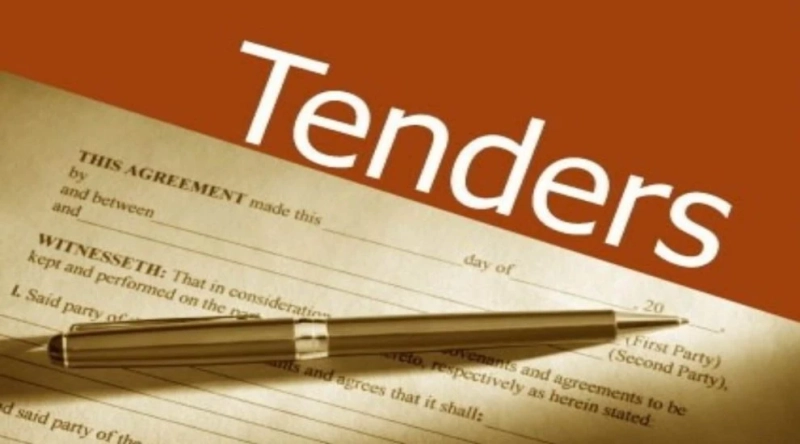If you’re new to the tendering world or have had a series of failed tender attempts, you might be wondering how those who win every tender they apply for do it. Is it some innate knowledge of the tendering process that you’re missing? Do they have some inside contacts that are helping them win these contracts? And most importantly, how do you get to the point where you, too, start winning contracts worth millions of dollars?
From developing a good bid management strategy to ensuring you answer the questions asked, here are some of the steps you can take to win more tenders:
- Create a good bid management strategy:
No company or sole trader has won a contract without having a sturdy bid management strategy in place. The tender preparation process has several steps that must be adequately managed to create a winning proposal. From setting up the right team and doing a bunch of research to writing the proposal, editing and re-editing it, every step needs to be completed in time to make the deadline. You will also need a good bid manager to keep track of all tasks.
- Read the tender documents carefully:
You don’t want to lose a tender simply because you forgot to attach a license or other mandatory document to your final file. Read the tender documents and make a list of everything asked. Check off each item as you complete them, ensuring there’s no chance of missing documents.
- Answer the questions asked:
You’d be surprised at how many applicants ramble on and on in their answers without actually answering the questions asked. Stick to the topic and keep to the point. The evaluation board likely has hundreds of proposals to go through and will appreciate succinct, concise language that answers what is asked and no more. Also, avoid using overly wordy language.
- Use the active tense:
The active tense is more direct and personal than the passive voice. It allows the procurement team to see you as an entity that is passionate about what they do instead of just another cog in the corporate wheel. Using the active voice also uses less words, something which can be very valuable when you’re working with strict word limits.
- Speak to the procurement team directly:
In your proposal, try addressing the company or organisation you are tendering to directly, as if you were speaking to them in person. Use as many ‘you’ and ‘your’s as you can instead of referring to the company as ‘the buyer, ‘the issuer’, ‘the procurer’ or any other alternative.
- Why should the company give you the contract?
The buyer doesn’t want to read about your mission or your goals for your company. They are interested in what you and your company can do for them. All your accolades and achievements will not mean anything if you’re unable to solve the problem the buyer has. Be direct about how your solution helps your buyer and why you’re the right choice for them. Show how your previous experience relates to the current job and how your proposal will benefit the buyer.
- Back your statements up with evidence:
Your claims hold no value if you don’t have any evidence to back them up. Include reviews, testimonials, case studies or awards from previous customers to show potential buyers that you have the hard evidence to prove your statements about your company. Anyone can say anything, but without the right authentication, your claims may be disregarded.
- Create case studies
Do you have any prior experience working on similar projects? This is the time to bring your innovative solutions forward through case studies. In short, concise paragraphs, show how your solutions made a difference for your clients, helped them save time or money or even helped them win more work. Case studies are an excellent way of showing you have what it takes to get the job done.
- Don’t underestimate the power of graphic design
Although many tender documents come with templates you’re expected to follow; many others do not. This is your opportunity to create a proposal that is visually appealing and easy to follow. Use the colours of your company’s logo, graphs and charts, diagrams and photos to set yourself apart from your competitors. But be careful not to do too much; there’s a very fine line between getting the balance just right or visual overload.
- Proofread your documents
It can be heartbreaking to put weeks or months into a tender proposal only to lose it because you didn’t proofread it properly and let minor typos and spelling errors slip through. This can often come across as carelessness, something no buyer wants from their seller. It can be very easy for your eyes to gloss over mistakes when you’ve spent a lot of time writing and rewriting a document. This is why it is always suggested to contact a tender management service to review and proofread the document before you hit the submit button. Not only will they be able to pick up any lingering typos, they may also offer an objective view into the quality of your proposal and insight into the evaluation process, helping you gain an advantage over your competitors.



